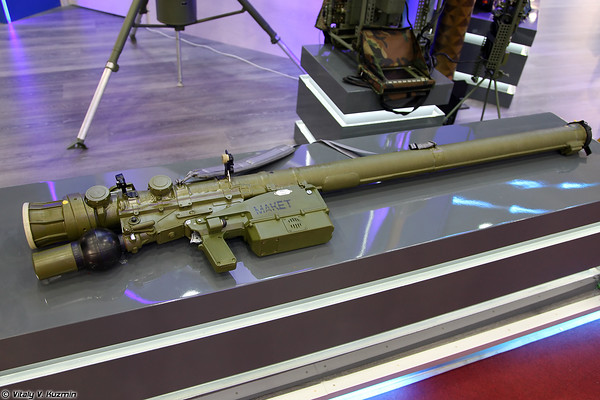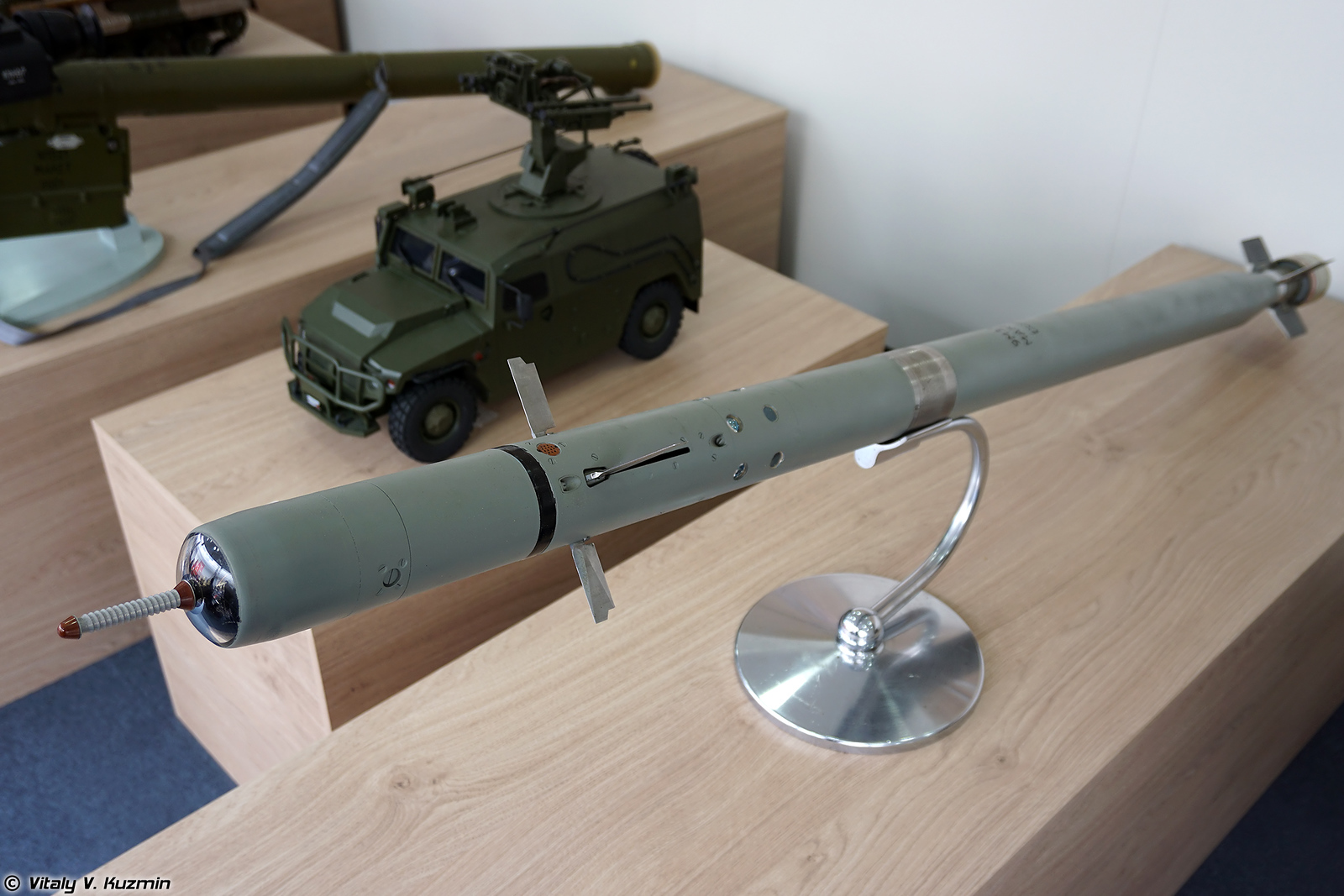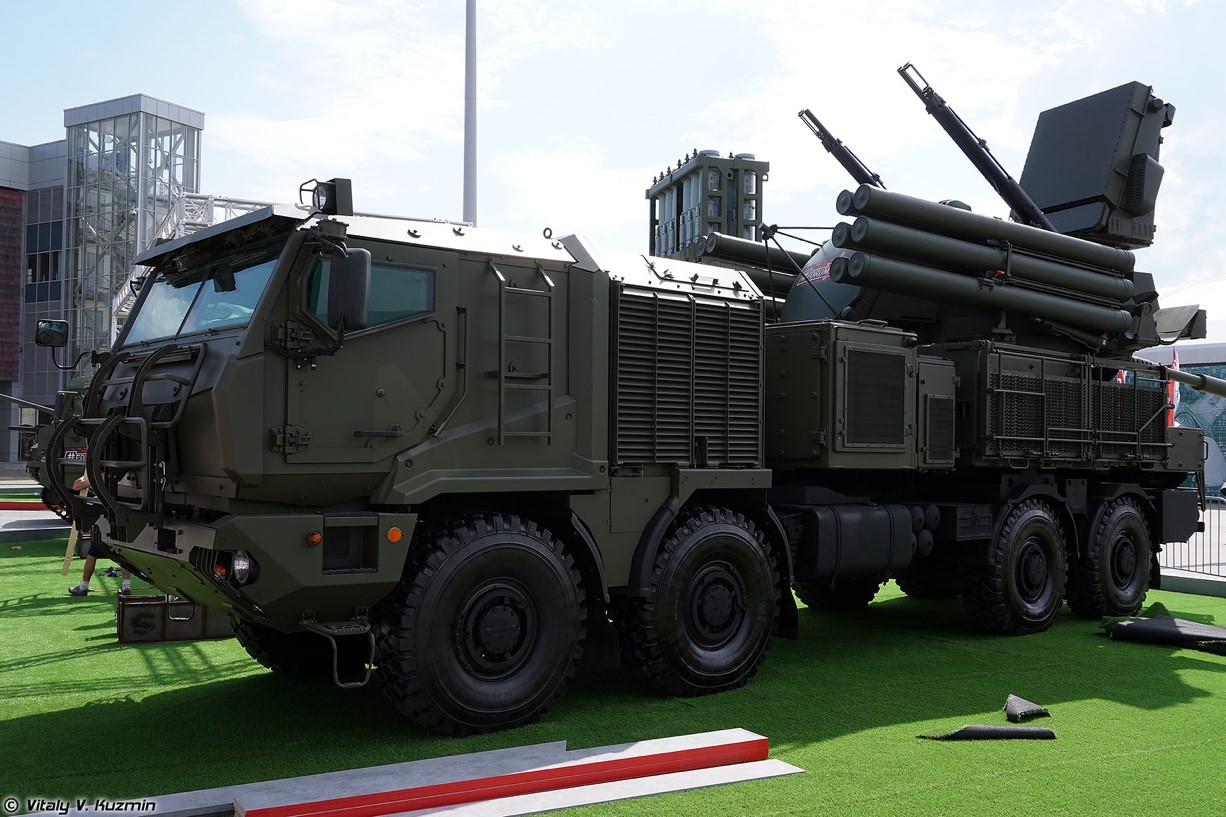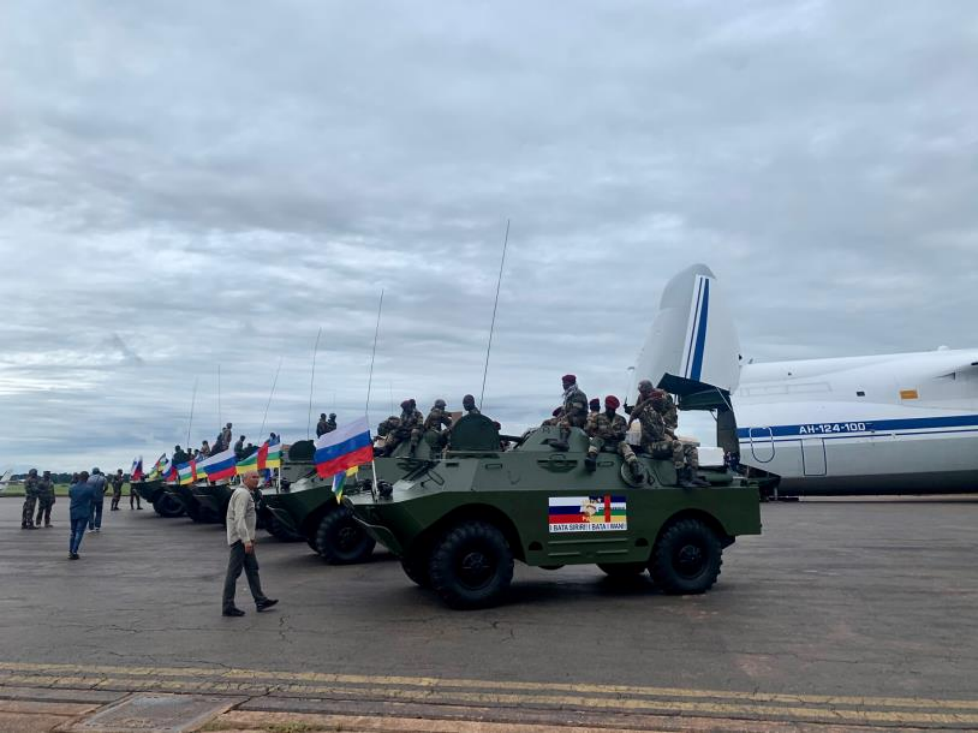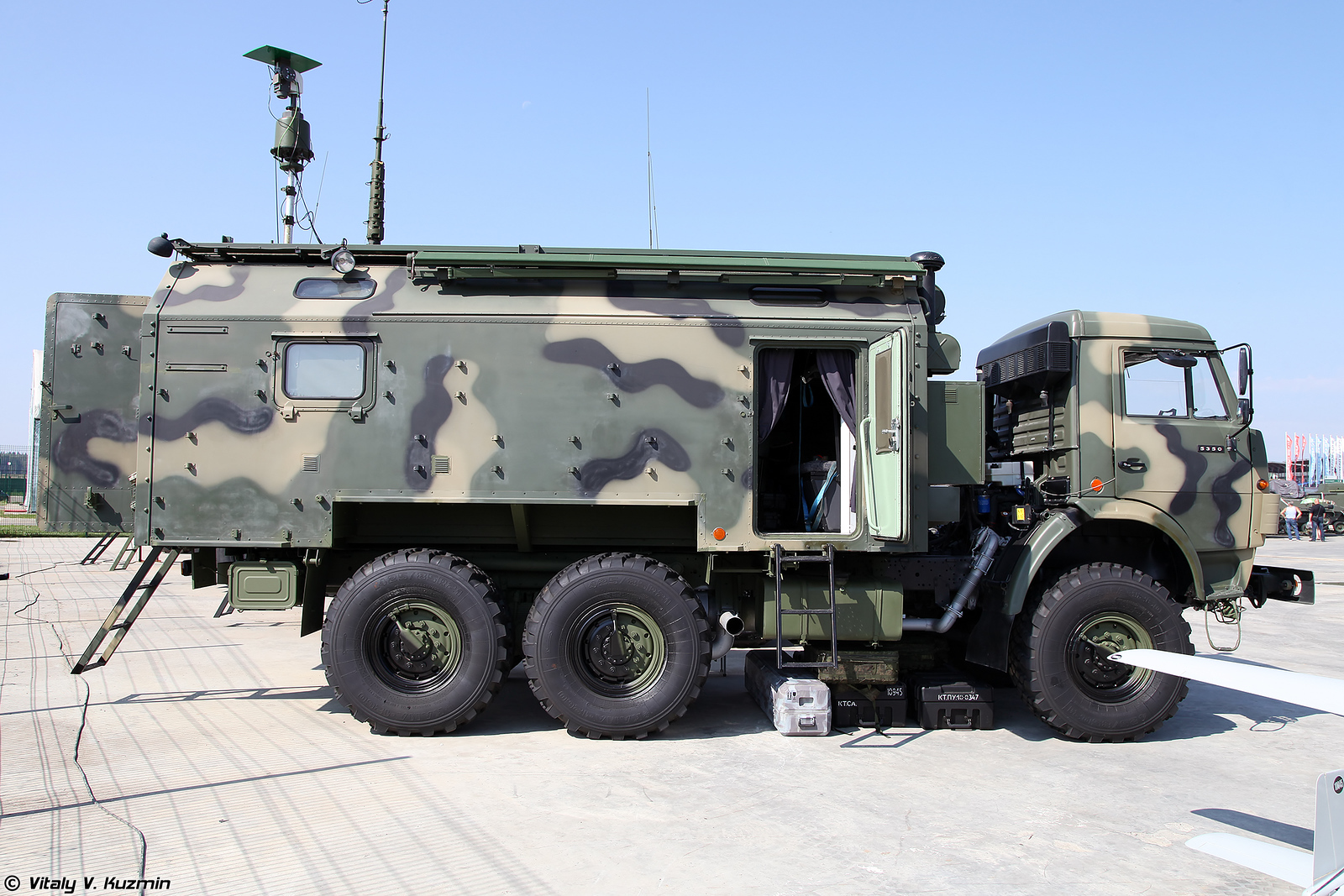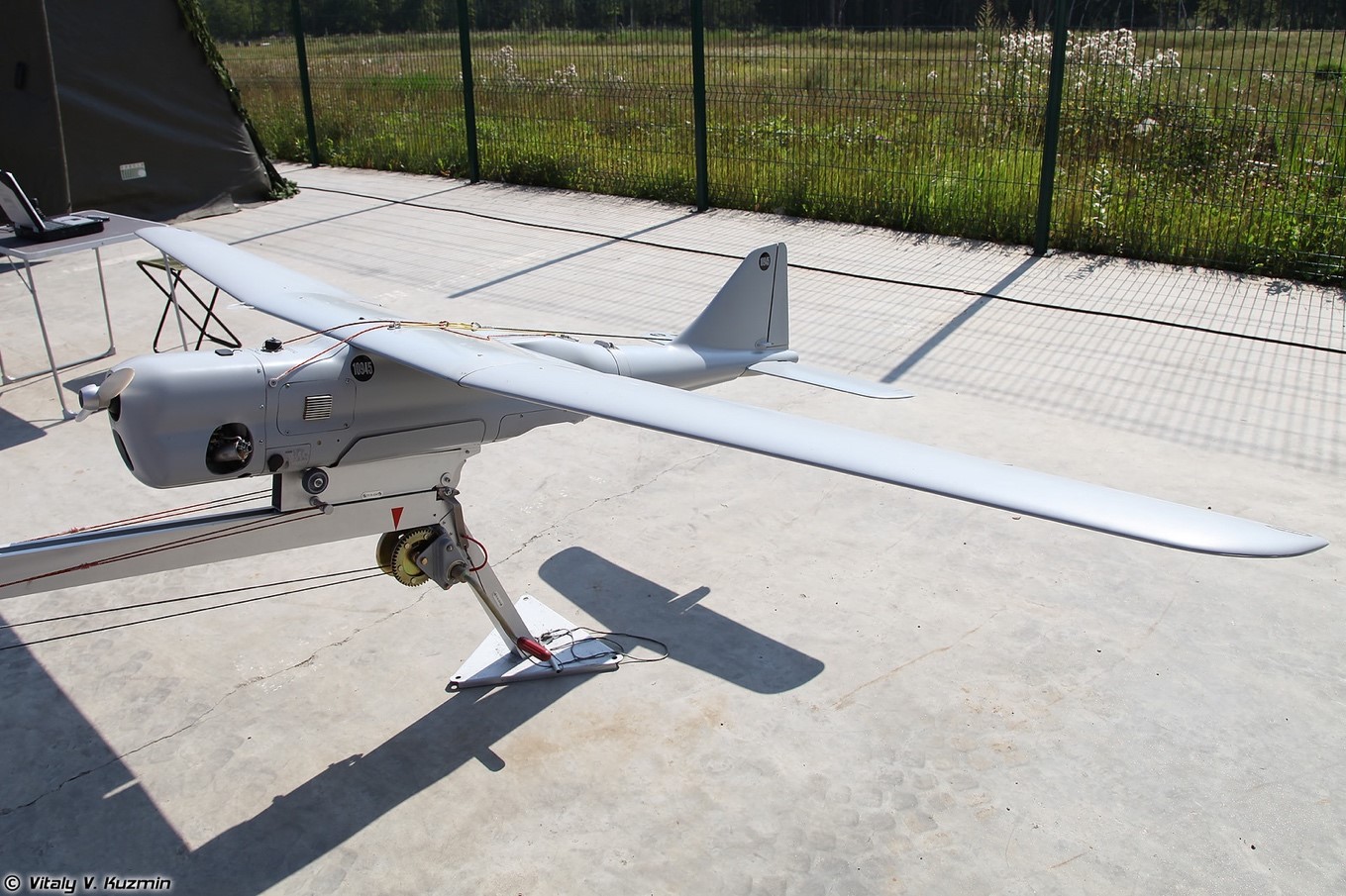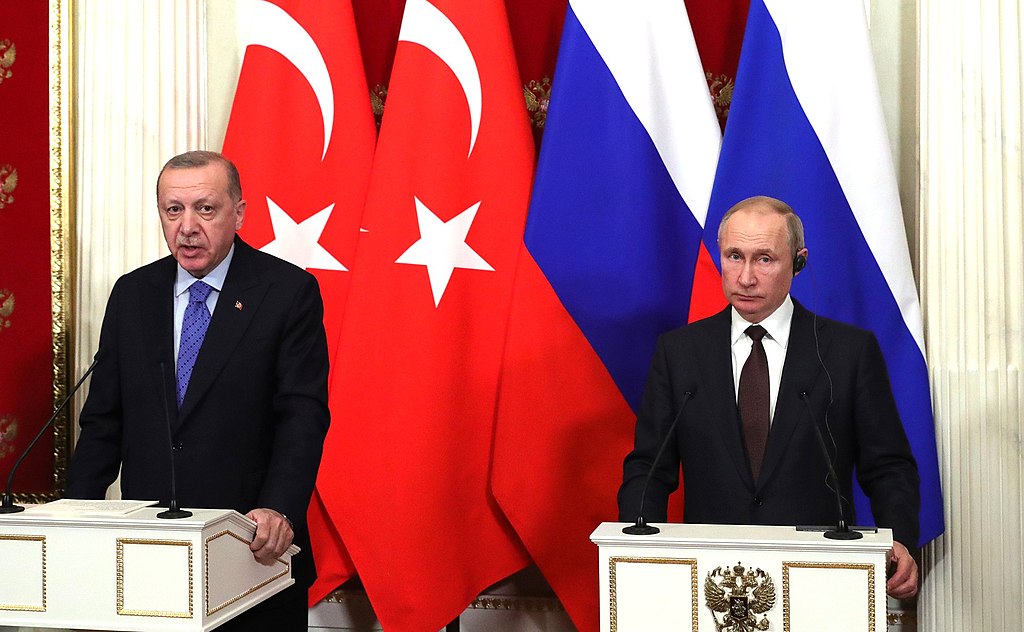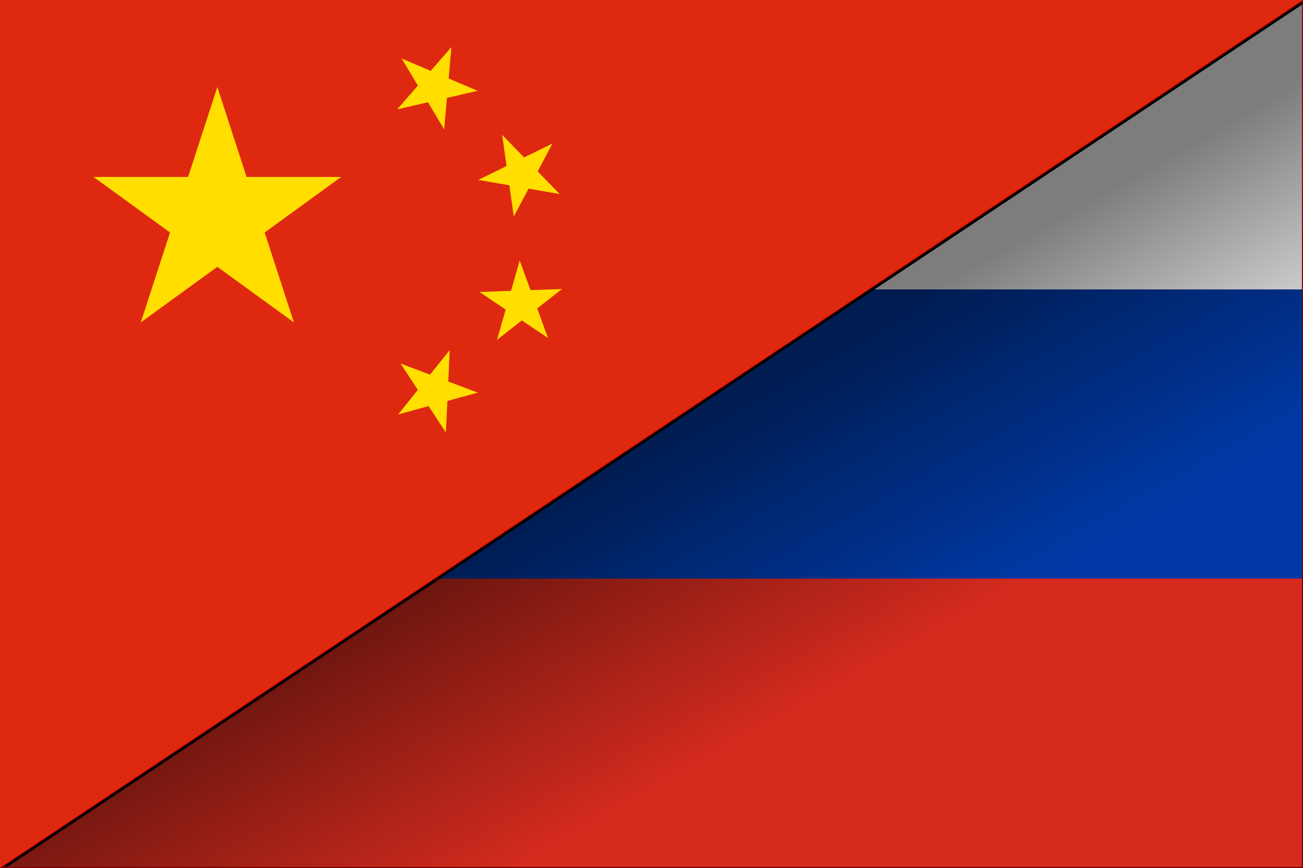“Why does the King of Saudi Arabia send an invitation to a terrorist?”
Iran has a centuries-long history of separatist movements, often backed by foreign powers, including Portugal, Great Britain, and Russia. Many separatist movements took on an ethnic character, with various minorities—Kurds and Azeris, for example—claiming their own homelands. Iran’s Arabs, many centered on the towns of Khorramshahr and Ahwaz, also agitated for independence beginning in the first decade of the 20th century. Saddam Hussein sought to weaponize these sentiments during his 1980 invasion of Iran. While Iranian Arabs did not defect to Saddam in any substantial numbers, the late Iraqi leader was correct to see the Khuzistan region as rife with discontent. Iranian Arabs not only chafe at overt discrimination, but also resent the fact that Tehran redistributes Khuzistan’s oil wealth outside the province while Khuzistan remains underdeveloped compared to the rest of Iran.
It is against this backdrop that the Iranian government is particularly sensitive toward ethnic separatist movements in Khuzistan. The excerpted article by Iran’s official state broadcaster, Islamic Republic of Iran Broadcasting, details an investigation into alleged Ahwazi terrorist Habib Asyud (a.k.a. Habib Chaab or Habib Farajullah). Asyud had lived in Sweden for 14 years but, in October 2020, Iranian intelligence lured him to Turkey and kidnapped him to Iran, where he stands trial for “spreading corruption on earth,” a catch-all capital offense that the Iranian government uses to execute captured oppositionists.
Asyud is openly separatist. In Sweden, he founded the Arab Struggle Movement for the Liberation of Ahvaz (the capital of Khuzistan). Still, it is not clear if there is any truth to Iran’s accusation that he is responsible for terrorism. In the excerpted article, the prosecutor reveals evidence that purports to tie Asyud to the Saudi king and suggests that the Saudi King himself directed Arab Struggle Movement attacks on Iranian civilians. Iranian hardliners will likely use such accusations to undercut any efforts for rapprochement with Saudi Arabia. Elsewhere, the prosecutor suggests that Asyud also has ties to former Israeli Prime Minister Benjamin Netanyahu and the Mossad, Israel’s intelligence service.
The prosecutor also accused Asyud of bombings in Dizful and Abadan, pipeline attacks, and the bombings of various government offices in Ahvaz, suggesting that the Arab Struggle Movement, under the name Harakat al-Nidal, was responsible for a 2018 attack on an Iranian military parade in Ahvaz that killed 30 and injured 70. The Islamic State claimed responsibility for the attack.
Iranian trials are not free and fair and the excerpted reports of the trial make it appear to be a show trial. While Asyud also holds Swedish citizenship, the Iranian government will likely execute him. However, Tehran will seek to distract from accusations of Iranian-sponsored terrorism by, with false equivalence, accusing European governments of engaging in the same behavior. Iran has already issued INTERPOL red notices for Iranian Arab dissidents in Europe and the Middle East.
Source:
“Hamkari Habib Assoud ba Servis-e Ettela’at-e Arabistan (Habib Assoud cooperates with the Saudi intelligence service),” Islamic Republic of Iran Broadcasting (Iran’s official state broadcaster), 2 February 2022. https://www.iribnews.ir/fa/news/3351923
Amin Vaziri, the prosecutor’s representative, today unveiled documents regarding Habib Asyud’s cooperation with the Saudi intelligence service. He said, “The elements of this terrorist group went to Saudi Arabia under the guise of Hajj to carry out the plans dictated by the Saudi intelligence service. These plans included actions against innocent citizens of the Islamic Republic of Iran.
The next image displayed in court showed Yaqub Nisi meeting with the king of Saudi Arabia. Yaqub Nisi was the spokesman for the terrorist group Harakat al-Nidal, which was responsible for the 4 September 2018 terrorist attack against the Armed Forces, which resulted in the martyrdom of 25 of our innocent compatriots. Can you believe he meet the top official in Saudi Arabia? Later in the court, he showed a picture of the invitation of the King of Saudi Arabia sent to Isa Mehdi al-Fakher.
In response to the display of these images, the prosecutor’s representative said, “Why does the King of Saudi Arabia send an invitation to a terrorist arrested in the Netherlands? Because the plans of the Saudi intelligence service against innocent Iranian citizens.”The prosecutor’s representative also said that Habib Asyud had been under the special support of Sweden all these years and had infiltrated associations, organizations and even charities to recruit and organize people into terrorist groups.

